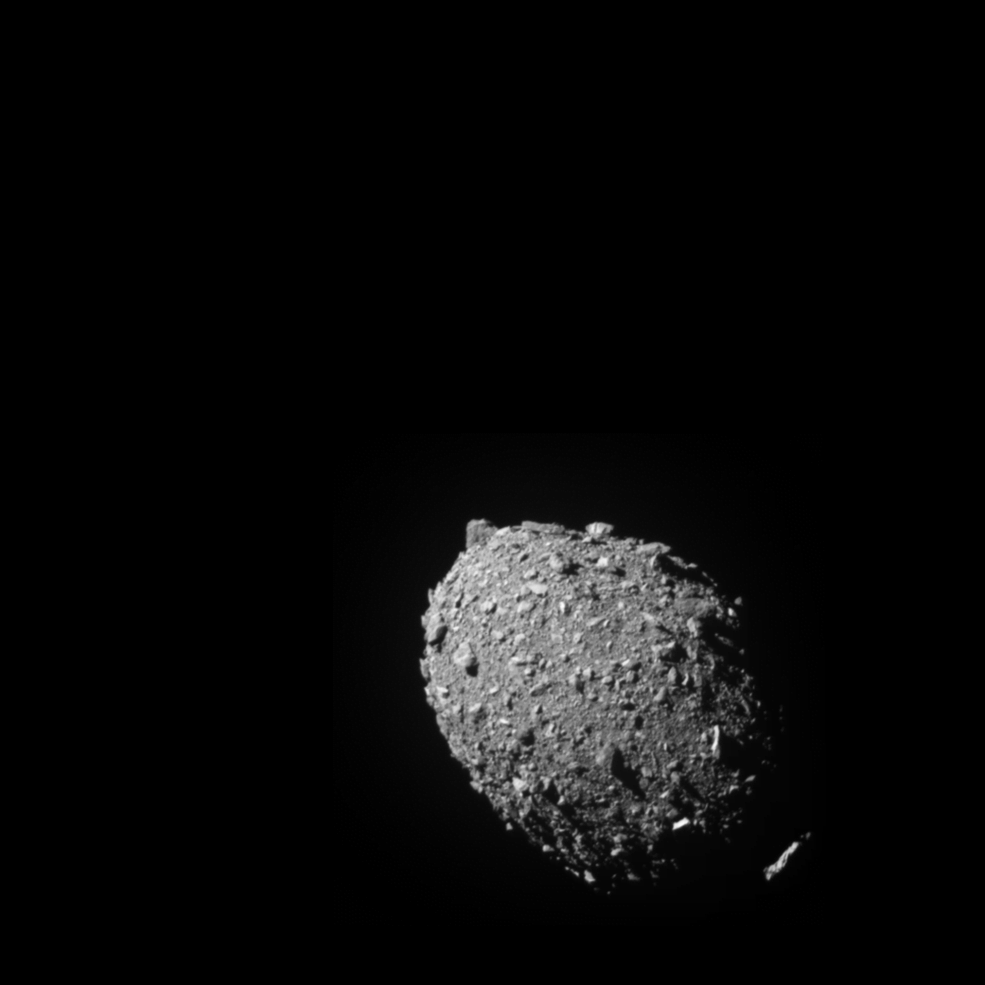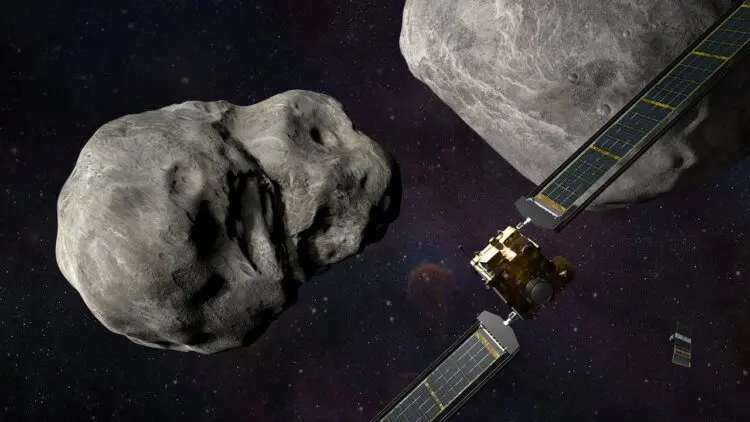NASA made headlines today when it smashed a spacecraft into an asteroid seven million miles from Earth. The crash was no accident–NASA did this on purpose, as part of a trial run for planetary defence.
The Double Asteroid Redirection Test (DART) is the first-ever trial of a “planetary defence system.” If humans can change an asteroid’s orbit by sending an object into space, humanity may have a chance to protect itself from the kind of disaster that rid the Earth of dinosaurs.
The Need for Planetary Defence
The idea of planetary defence might conjure up images of Hollywood blockbusters like Armageddon, Deep Impact or, more recently, Don’t Look Up. Still, the reality is that the risk of a devastating asteroid impact is genuine. Some scientists estimate a one in 20,000 chance of a disastrous global impact in any given year. Thankfully, we have never experienced an effect of this magnitude in modern times, but the threat is real.
Fortunately, we now have the technology to do something about it. The DART mission tests whether we can change an incoming asteroid’s orbit by impacting it with a spacecraft. If successful, scientists could use it to deflect an asteroid on a collision course with Earth.

Credits: NASA/Johns Hopkins APL”
The DART Trial Run
The DART mission was carried out using a “vending machine-sized” spacecraft collider. The last image from the collider showed the surface of the asteroid Dimorphos seconds before impact. Early indications are that the blast successfully changed Dimorphos’ orbit as intended. While confirming these results will take some time, they are promising.
The NASA team and their international collaborators meticulously chose their target. The success of the collision depended on being able to monitor the asteroid post-crash carefully. They also needed to ensure that any impact wouldn’t send pieces of rock hurtling towards Earth.
Dimorphos is already orbiting its larger partner, making it the perfect candidate to study the behavioural changes that follow a collision.
Betsy Congdon, DART’s mechanical systems engineer at Johns Hopkins University in Maryland, says, “What Dart is going up there to prove is that we actually do have a system for kinetic deflection, nudging these away and nudging them off course,”.
Although the spacecraft hit Dimorphos at nearly 15,000 miles an hour, scientists expect its effect on the asteroid to be small – checking its speed by only 0.4mm per second. However, given enough time, this should have a perceivable influence on its orbit. A combination of telescopes based on land and space – NASA and ESA’s new James Webb Space Telescope included – will study the asteroid to gauge the test results.
According to scientists, a slight push could be enough to deflect an oncoming asteroid on a collision course with Earth off-target.
“An asteroid impact is the one kind of natural disaster that we could potentially see coming decades away,” says Prof Colin Snodgrass, a member of the DART team.
This is just the beginning of NASA’s planetary defence efforts. The DART mission is an exciting start, reassuring that we now have the technology to defend ourselves from potentially devastating impacts. With any luck, we will never need to use it.
























































